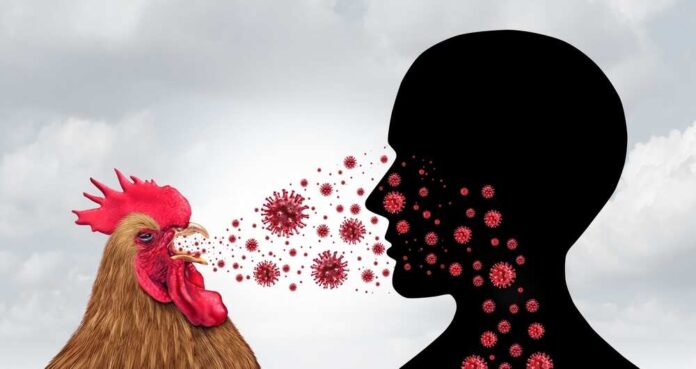
The discovery of the first human bird flu case with no animal exposure in Missouri raises critical public health concerns.
Health officials in the United States have confirmed a concerning development: a human case of avian influenza (bird flu) in Missouri without any known exposure to infected animals. According to a CDC statement, “The first case of H5 without a known occupational exposure to sick or infected animals” has been identified.
This instance marks the 14th human case of bird flu in the United States this year, but it is the first to lack any apparent link to infected animals. The patient, who was hospitalized, has recovered fully. The case was discovered during routine flu season surveillance, and the patient had underlying medical conditions that warranted the administration of antiviral medications.
Traditionally, human cases of bird flu have been linked to direct contact with infected birds or other animals. The lack of exposure in this case raises serious concerns about the virus’s capability for human-to-human transmission. CDC officials are thoroughly investigating to understand the new transmission dynamics. Identification of the neuraminidase (the “N”) in the patient specimen is pending further sequencing.
While the CDC assures the public that the current risk remains low, they emphasize the importance of continued vigilance. As the situation evolves, particularly concerning person-to-person transmission, the CDC’s recommendations on handling the H5 virus may change based on ongoing investigations.
First case of human bird flu diagnosed without exposure to infected animals, CDC says https://t.co/W37GqHPqhm
— Fox News (@FoxNews) September 9, 2024
Globally, bird flu has a mortality rate of about 50% among confirmed cases. Originating in China in the 1990s, the virus has since spread worldwide, affecting a range of wildlife species. Reports from earlier this year also indicated a rise in bird flu among cows in the US, with 14 states reporting outbreaks among cattle as of early September.
The CDC is actively monitoring data from various influenza surveillance systems and has noted no unusual influenza activity among people, including those in Missouri, to date. However, rigorous investigations are crucial, particularly to determine whether this case is connected to strains found in wild birds and mammals or a variant affecting dairy cows. Dr. Nirav Shah of the CDC has expressed concern about the potential for increased disease severity and human-to-human transmission.
The findings of this investigation will have significant implications for public health policies and guidelines. Officials are looking for potential mutations that may increase the virus’s transmissibility or virulence among humans. The ability of the bird flu virus to evolve and possibly gain efficient human-to-human transmission remains a critical concern for health officials worldwide.
Authorities insist on the critical need for epidemiological investigations following the detection of a case without animal exposure. Dr. Benjamin Anderson stressed this by saying, “very concerning,” when referring to the implications of this unprecedented case. Public health agencies continue to work diligently to contain and manage this potential new threat, ensuring that the response evolves with the findings of ongoing investigations.














